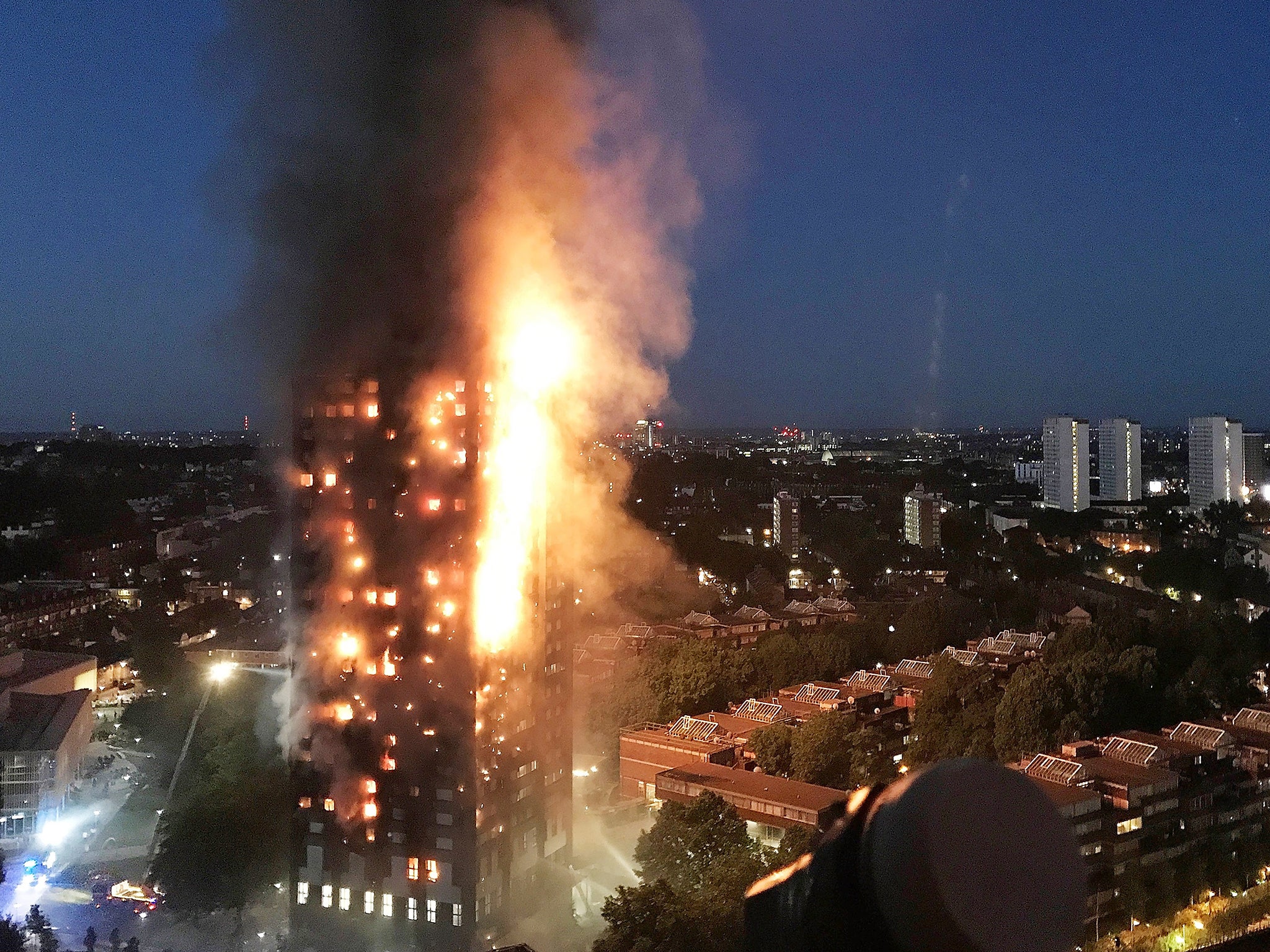Questions remain over who’s really to blame for Grenfell disaster after Dany Cotton resigns
Anger towards the London fire chief is understandable, but other big players are yet to be scrutinised for their role in the tragedy, writes May Bulman


London fire commissioner Dany Cotton announced on Friday morning that she would be resigning four months earlier than planned. It was agreed with City Hall that she would stand down at the end of this year “as the brigade works deliver the recommendations of the Grenfell Tower Inquiry report”. It wasn’t stated explicitly, but it was clear that her premature departure was inextricably linked to the tragic blaze on 14 June 2017.
The news was met with a mixed response. On one hand, groups representing survivors and bereaved relatives welcomed it, saying the change of leadership was “needed to keep Londoners safe”. The fact that people directly affected reacted like this is understandable. Take survivor Paulos Tekle, whose five-year-old son Isaac perished in the blaze after firefighters told his family to remain in their 18th-floor flat. To Mr Tekle, if not for this advice, his little boy would still be alive. And naturally, much of the anger he and others are feeling has been channelled towards Ms Cotton as the person in charge of the London Fire Brigade (LFB).
Ms Cotton didn’t help herself when she told the Grenfell Inquiry she would not have done anything differently on the night of the tragedy. This poorly judged remark only heightened the feelings of antagonism that those affected were feeling and still feel towards her. To them, it is a relief to see her stand down to make way for a new commissioner who has a fresh view with which to implement the inquiry’s recommendations.
But many others are outraged that Ms Cotton – who has been in the LFB for 32 years – is the first to be forced out since the start of the inquiry. People have branded her “the establishment fall guy”, arguing that the fire brigade was confronted with an impossible situation on that night; of having to fight a blaze that was spreading wildly due to factors beyond its control – primarily flammable cladding and the government’s austerity cuts.
The issue here is that crucial questions around the construction of the block and cuts to services have not yet been investigated because of the way the inquiry has been structured. Phase one, published in October, focused only on the immediate response to the fire, making Ms Cotton and the LFB, inevitably, the main focus – and leaving the causation largely unanswered. The inquiry’s decision to set out the report in this way has been criticised for being “ill-conceived” and “mistaken” for “trying to explain the events of that terrible night without examining key issues about how we got there”.
Of course, these other factors will be probed as the inquiry proceeds, and it is very possible that other big players will be forced out of their jobs as a result of what comes out of it. The Grenfell victims need justice, and Ms Cotton has borne the brunt of blame so far – but the questions over what caused this tragedy that claimed the lives of 72 people go much further than the fire service chief.
Join our commenting forum
Join thought-provoking conversations, follow other Independent readers and see their replies
Comments